Affiliate links on Android Authority may earn us a commission. Learn more.
5 things we want to see from Xiaomi in 2023
Published onDecember 27, 2022
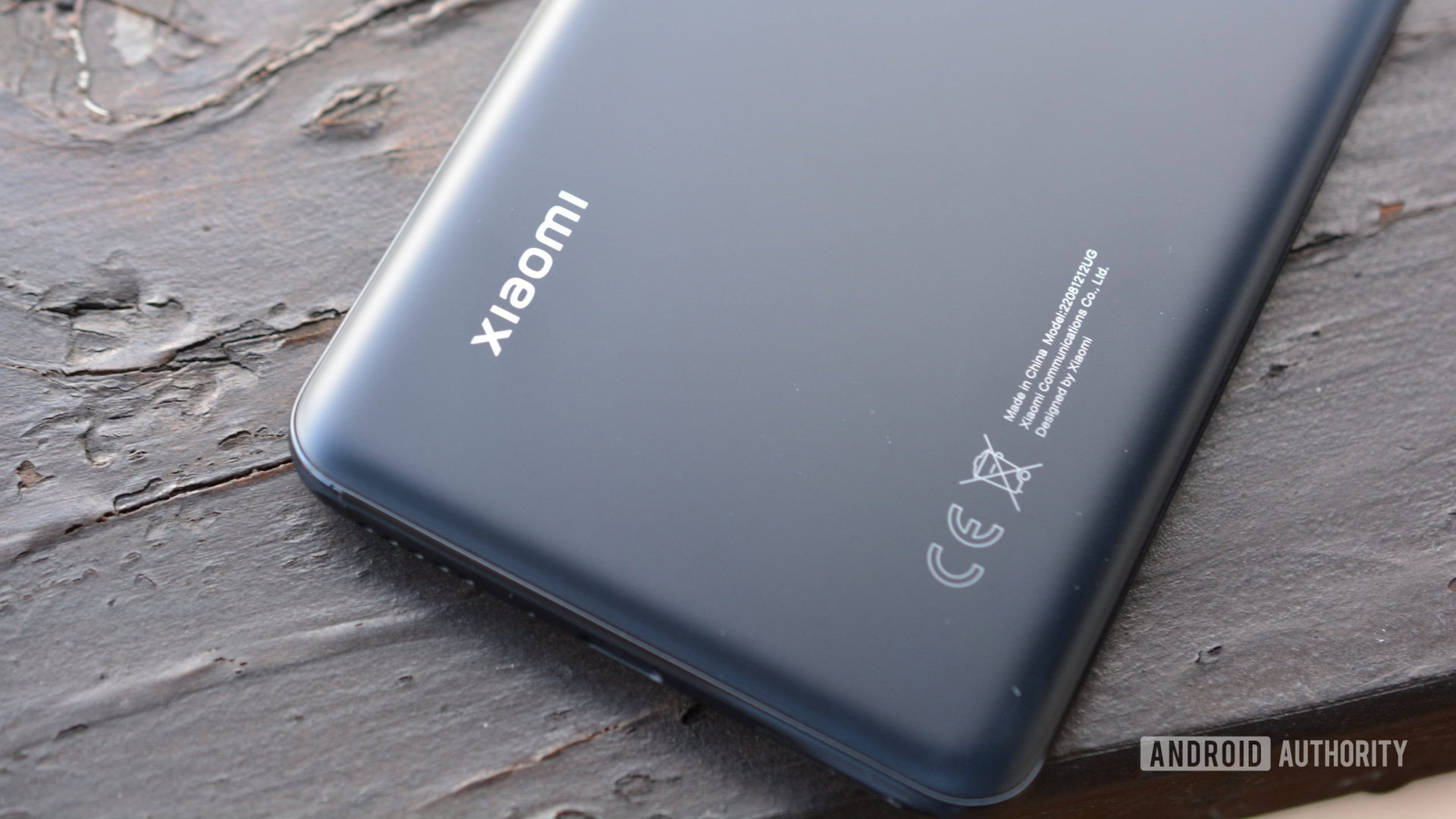
2022 seemed to be a more anonymous year than 2021 for Xiaomi — a year in which it briefly passed Samsung for the top spot. A year later, the company sunk back to third place behind Apple and Samsung as the industry endured historic lows.
It wasn’t necessarily because Xiaomi didn’t have any standout phones. The Redmi Note 11 is arguably the best sub-$300 phone on the market right now, while the (sadly) China-only Xiaomi 12S Ultra brings a huge one-inch primary camera sensor. We also got one of the year’s better gaming phones in the POCO F4 GT, while the standard POCO F4 was a well-rounded mid-ranger.
In any event, the Chinese brand has plenty of room for improvement in 2023. From software and flagship phones to pricing and more, here’s what we want to see from Xiaomi in 2023.
More competitively priced flagships
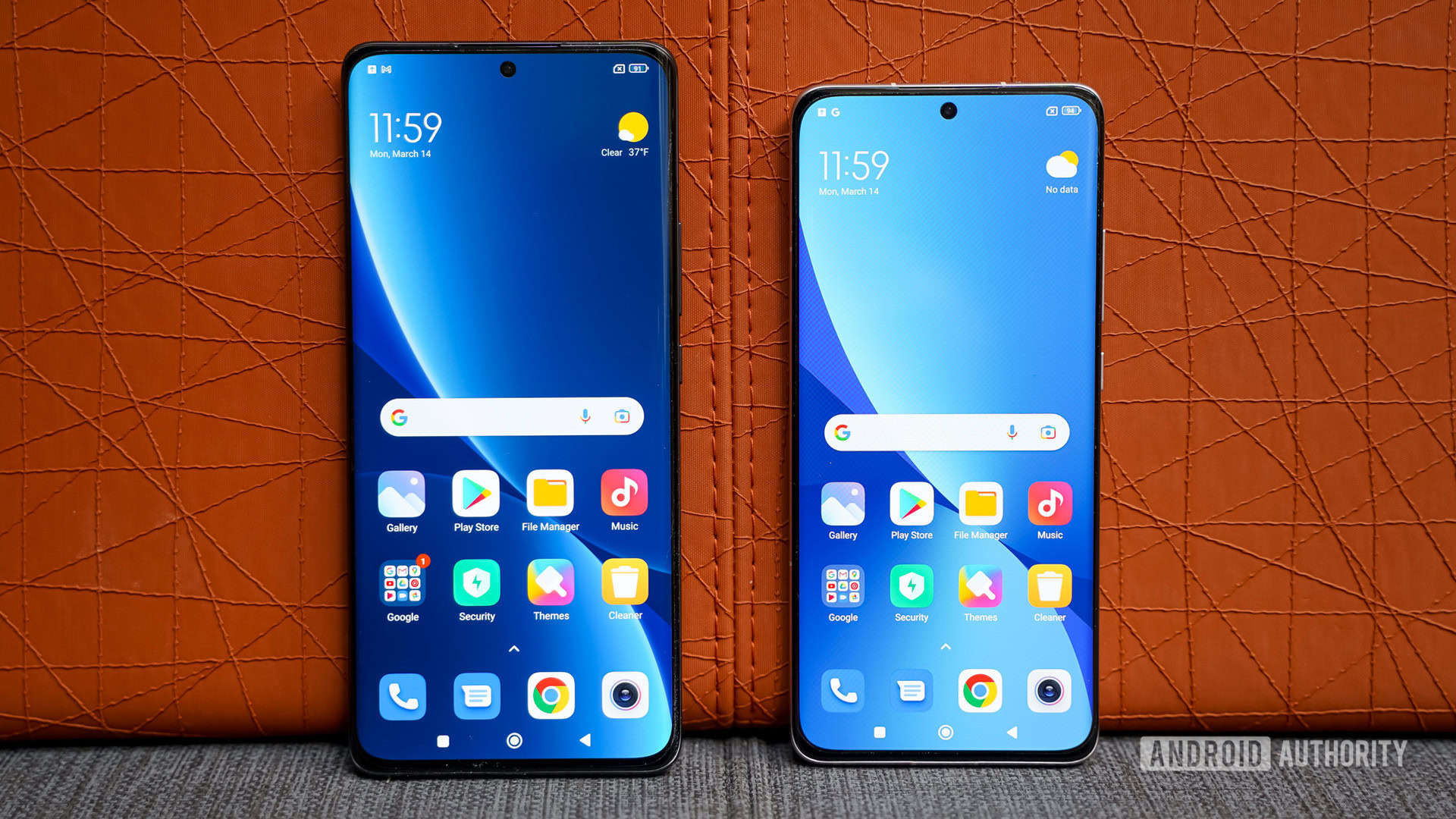
Xiaomi used to have a reputation for offering affordable mainline flagship phones, with 2019’s Mi 9 retailing for €450 (~$506 at the time). The Galaxy S10e, which launched that same year, came in at $749.
Fast-forward to 2022 and the standard Xiaomi 12 retailed for $749 at launch, while the Galaxy S22 started at $799 and the Google Pixel 7 was available from $599. Sure, you got faster wired charging and a better screen by opting for the Xiaomi. But Google and Samsung’s phones both offered a longer update pledge and water resistance. Samsung’s phone also one-upped the Xiaomi 12 by offering a telephoto camera.
We’d really like to see Xiaomi offer more competitively priced flagship phones in 2023. It clearly doesn’t offer the best bang for your buck in the flagship space anymore.
Foldables in global markets
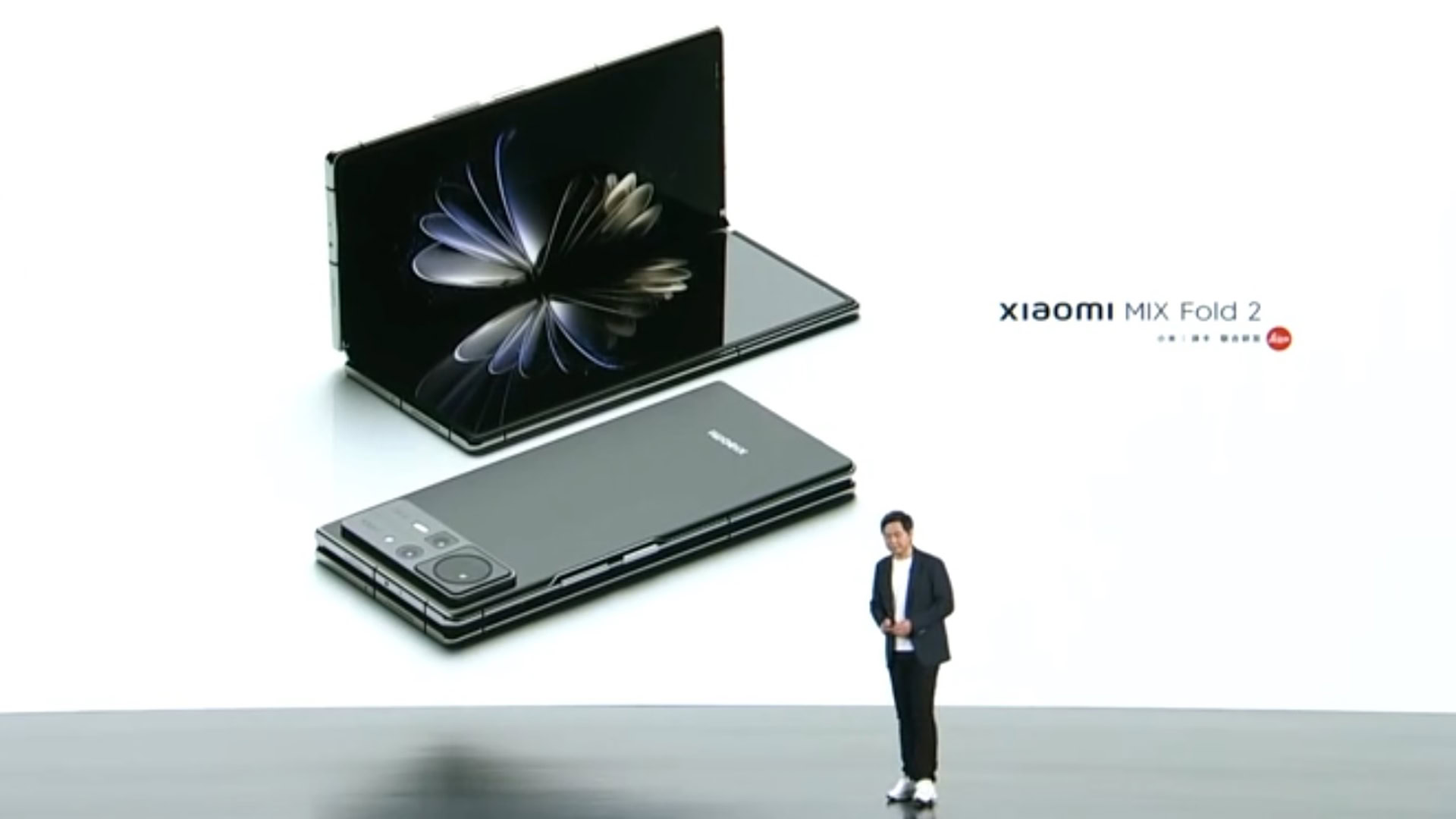
We’ve previously called on Xiaomi to make its foldable phones available outside China. Unfortunately, our pleas fell on deaf ears as the Mix Fold 2 was restricted to China upon its launch in August 2022.
Xiaomi still hasn't released any foldable phones outside China, leaving Samsung to corner the market.
Xiaomi wasn’t the only smartphone brand guilty of restricting its foldable phone launches to China, but it’s still incredibly disappointing. For most, Samsung and Motorola are effectively the only viable foldables in global markets.
We have our fingers crossed that the Mix Fold 3 will land in global markets when it inevitably launches in 2023. But we don’t have high hopes for an expanded launch unless Xiaomi’s domestic rivals go global too.
A better, broader update policy
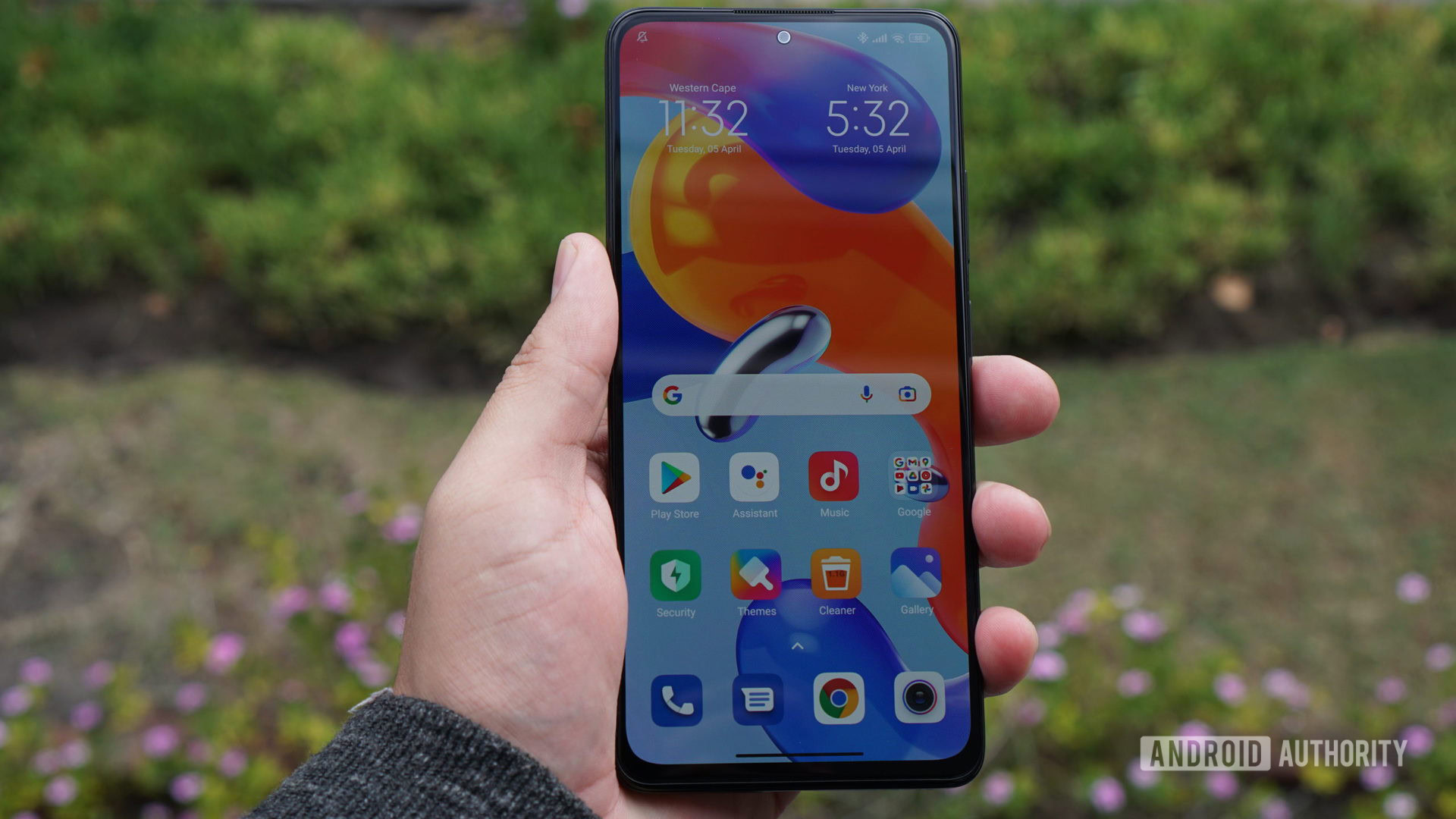
Xiaomi introduced an extended update policy in 2021 with the launch of the Xiaomi 11T series. The company promised three OS updates and four years of security patches for the Xiaomi 11T and Xiaomi 11T Pro. This policy extended to the likes of the Xiaomi 12 series as well.
Related: Phone update policies from every major smartphone brand
There’s still plenty of room for improvement, though. For one, we’d like to see the company extend this update policy to mid-rangers as well. Samsung is the gold standard in this regard, as even recent Galaxy A50 series phones receive an extended update pledge.
Another way Xiaomi could improve things is by upping the update ante for its flagship phones. Samsung is the top dog here too, bringing four OS updates and five years of security patches to its high-end handsets.
Streamline the product portfolio
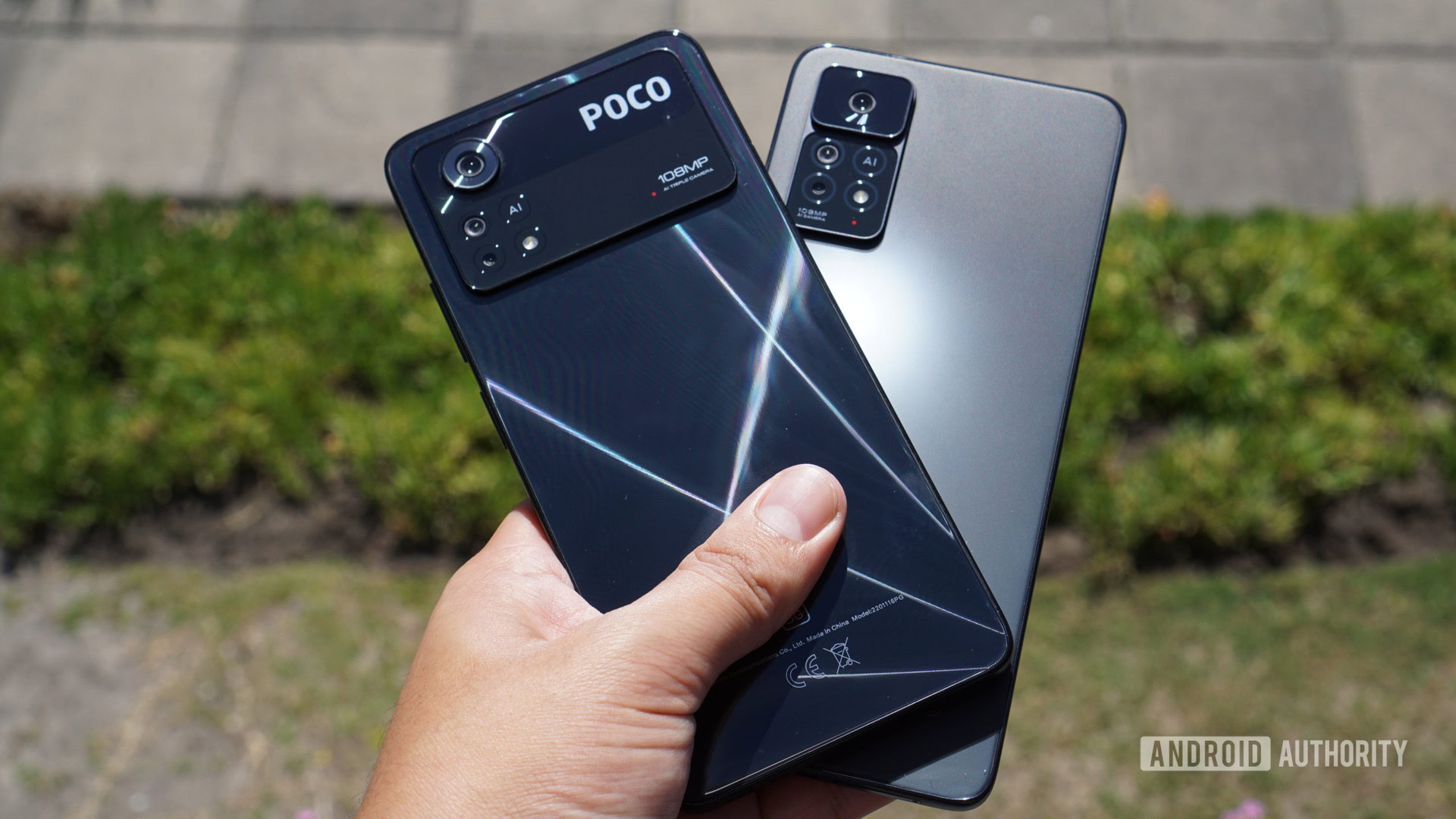
Xiaomi is no stranger to a bloated product portfolio, as the company frequently offers region-specific devices, rebadged handsets, and phones with little in the way of differences between each other.
Nothing says 'bloated product portfolio' quite like having over a dozen Redmi Note 11 series phones.
Xiaomi reached new lows in 2022, though, launching over a dozen Redmi Note 11 series phones, offering plenty of rebranded devices, and even offering original and rebadged models in the same market (see the POCO X4 Pro/Redmi Note 11 Pro 5G).
There might be valid reasons for some of these decisions (e.g., some sub-brands being more recognizable in specific markets), but this beached whale carcass of a portfolio needs to be trimmed in 2023. After all, a smaller portfolio means the company can more adequately focus on software updates.
A more global, original Android skin
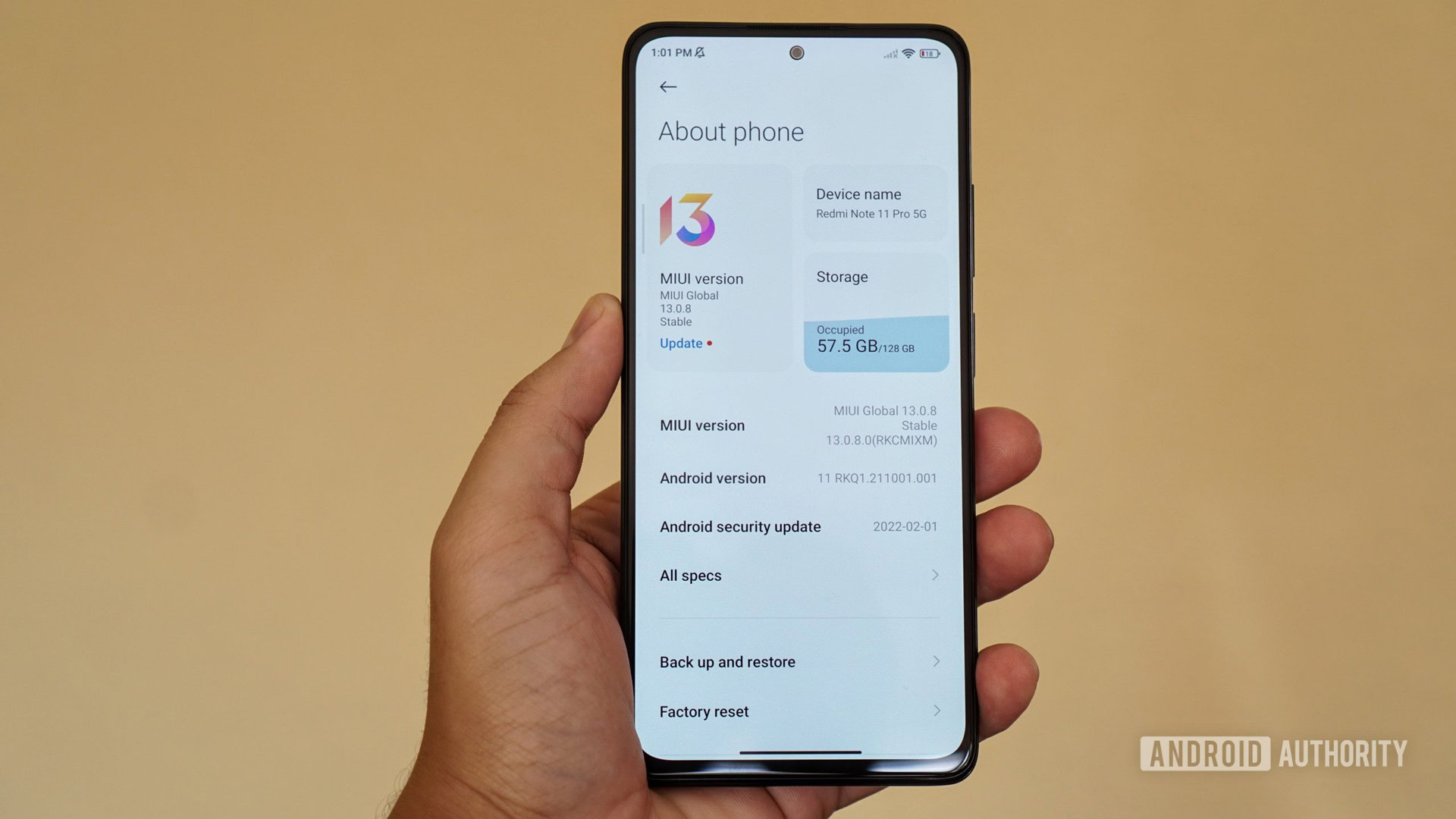
The biggest issue we’ve had with Xiaomi’s MIUI skin in the last few years has been the inconsistency in terms of polish. Things seem to be getting better, although the POCO X4 Pro was a bit of a mess at launch. There’s one other major problem we have with Xiaomi’s Android skin, though.
MIUI still seems heavily inspired by iOS in terms of look and feel, particularly when it comes to widgets and default app icons. The Apple-like trappings extend to some features too, such as the lack of an app drawer by default and the addition of a Control Center.
Rival skins such as Samsung One UI and OPPO Color OS show you can have a distinct visual identity without copying iOS. So we’d definitely like to see MIUI follow suit in global markets with a differentiated visual experience and some functional changes (e.g. enabling the app drawer by default and ditching the Control Center).
That’s it for our list! Is there anything else you’d like to see from Xiaomi in 2023? Let us know in the comments section.